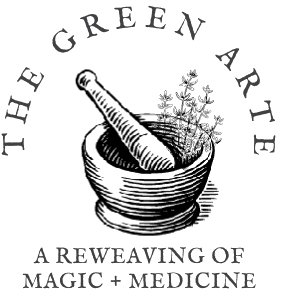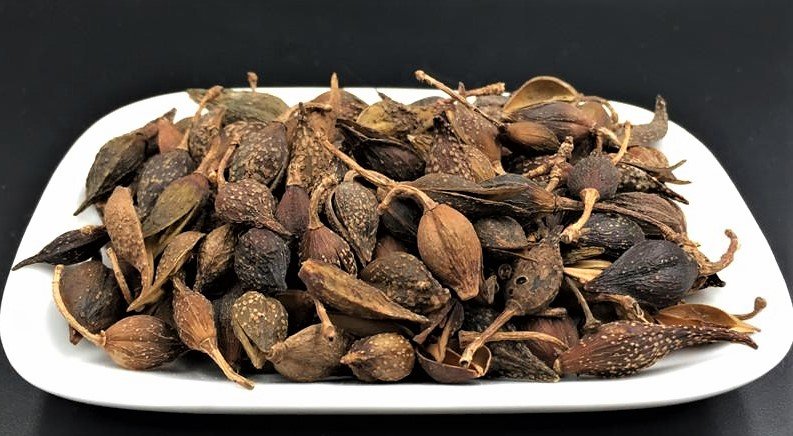Forsythia - Utah’s Herbal Ally for Wind-Heat Conditions
In the realm of Utah’s botanical wonders, few plants exude the same charm and historical significance as Forsythia, known as Lian Qiao in traditional Chinese medicine. With its vibrant yellow blossoms heralding the arrival of spring, Forsythia not only captivates the eye but also holds a rich tapestry of stories spanning centuries. In this exploration, we delve into the botany, history, and medicinal benefits of Forsythia, uncovering its secrets and celebrating its profound impact on both cultural and healing landscapes.
A Harbinger of Spring
Forsythia, a member of the olive family (Oleaceae), comprises several species native to East Asia and Europe. Among the most celebrated is Forsythia suspensa, renowned for its arching branches adorned with clusters of bright yellow flowers. This deciduous shrub typically reaches heights of 6 to 10 feet, gracing gardens and landscapes with its elegant form and early bloom.
The beauty of Forsythia lies not only in its blossoms but also in its resilience and adaptability. Thriving in a variety of soil types and climates, it symbolizes the promise of renewal and vitality as winter gives way to the bountiful days of spring. Its ability to withstand harsh conditions and still burst forth in a riot of color makes it a cherished addition to gardens worldwide.
While not a native Utah tree species, Lian Qiao has readily adapted to our climate and elevation and has become a treasured garden ornamental. Because this tree is non-native and so happy to thrive here, it’s best to keep this tree in intentional garden spaces and cut back saplings as they show up in other areas of your yard.
A Tale of Tradition and Transition
Beyond its botanical allure, Forsythia holds a revered place in history, particularly in Chinese culture. Lian Qiao, as it is known in Mandarin, has been cultivated and cherished for millennia, its presence intertwined with ancient traditions and folklore.
In Chinese medicine, Forsythia has long been esteemed for its therapeutic properties, believed to clear wind-heat, resolve toxins, and alleviate symptoms of various ailments. References to its medicinal use can be traced back to ancient texts such as the Shennong Ben Cao Jing, a foundational work on herbal medicine dating to the Han dynasty (206 BCE–220 CE).
Moreover, Forsythia carries symbolic significance in Chinese culture, often associated with the concept of renewal and the cyclical nature of life. Its blooming heralds the start of the Qingming Festival, a time of remembrance and honoring ancestors, further cementing its role as a harbinger of new beginnings and continuity.
Healing Power in Flower & Fruit
In traditional Chinese medicine, Forsythia occupies a prominent place in herbal formulations renowned for their ability to combat various ailments. Its bitter and slightly cold properties make it particularly effective in clearing heat and toxins from the body, addressing conditions ranging from fevers and sore throats to skin eruptions and infections.
One of the most celebrated applications of Forsythia is in combination with other herbs to create Yin Qiao San, or Honeysuckle and Forsythia Powder (Honeysuckle, by the way, is another plant that thrives here in the Salt Lake area). This classic formula, dating back centuries, is prized for its ability to dispel wind-heat, alleviate symptoms of the common cold, and promote overall respiratory health.
Furthermore, modern research has begun to shed light on the pharmacological potential of Forsythia, with studies investigating its antimicrobial, anti-inflammatory, and antioxidant properties. These findings not only validate its traditional use but also open doors to new avenues of exploration in harnessing nature's bounty for human health and well-being.
The flowers can be made into a lovely springtime honey elixir- but it’s actually the fruit that we work with in medicine and in the famous Yin Qiao formula. We harvest the fruit just before it ripens, while still green, and allow it to both dry and cure over the winter. From there, Forsythia fruits can be worked into tinctures, teas, and teapills alongside other harmonizing herbs- for me, this one is a little too cool to be taken alone.
Springtime in Utah - A Festival of Forsythia
Forsythia stands as a testament to the profound intersection of botanical elegance, historical significance, and medicinal marvels. From its graceful blossoms heralding the arrival of spring to its revered place in ancient traditions and healing practices, it continues to captivate hearts and minds around the world.
As we marvel at the golden blooms of Forsythia adorning gardens and landscapes, let us also pause to honor its rich heritage and the enduring wisdom of harnessing nature's gifts for the betterment of humanity. In Forsythia, we find not only beauty but also a profound connection to the rhythms of nature and the healing power found in its embrace.




